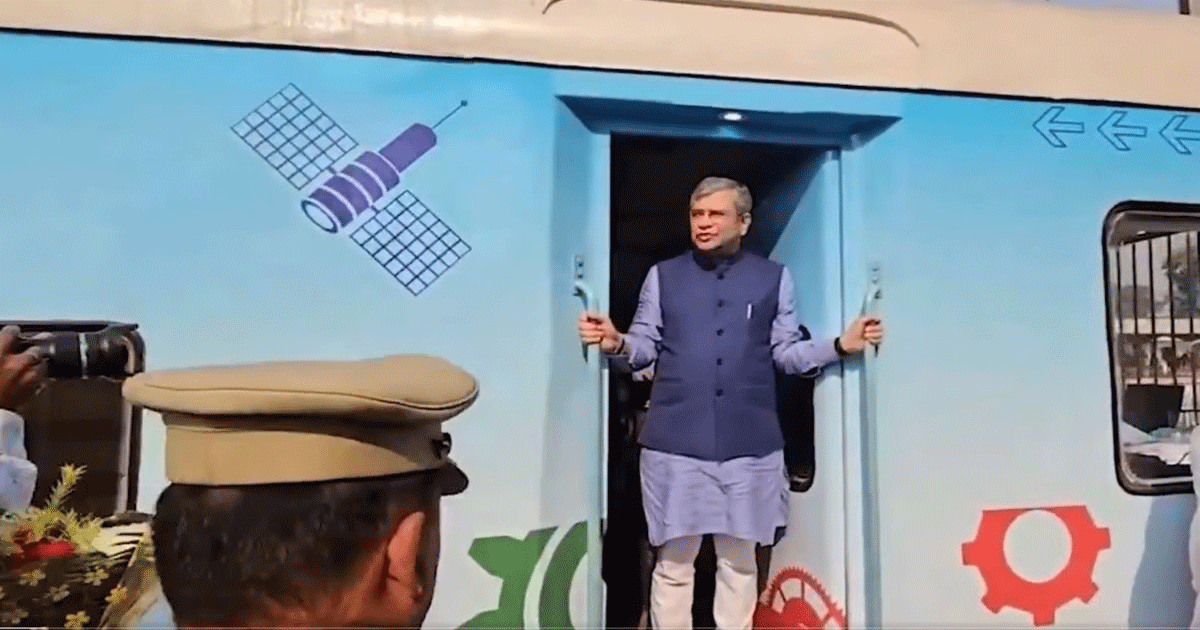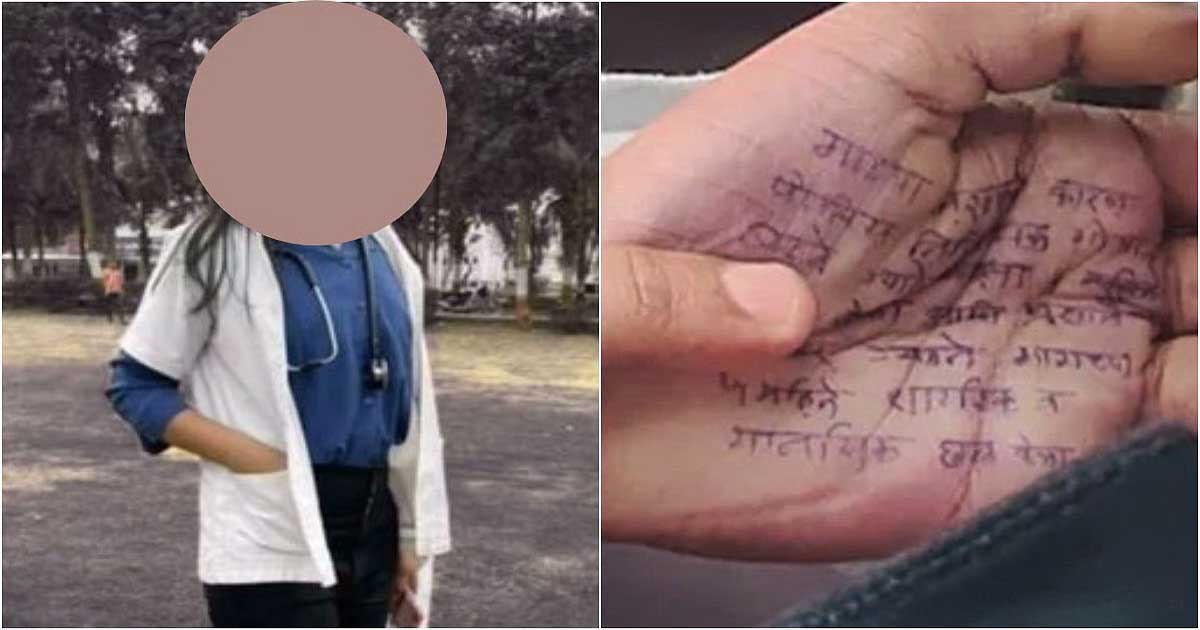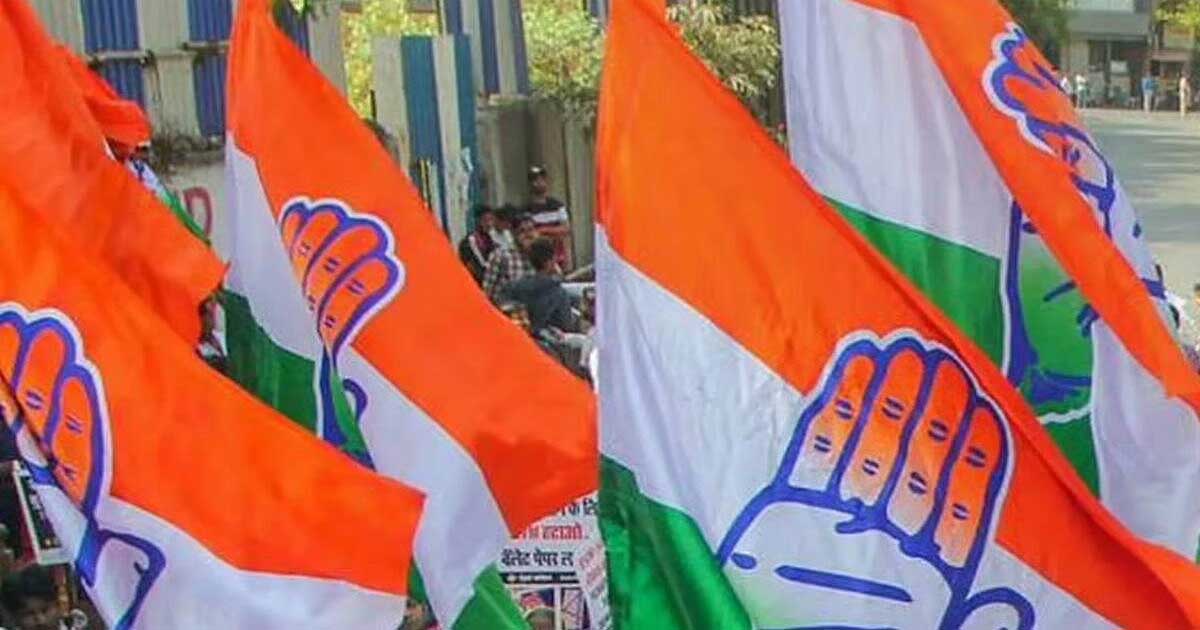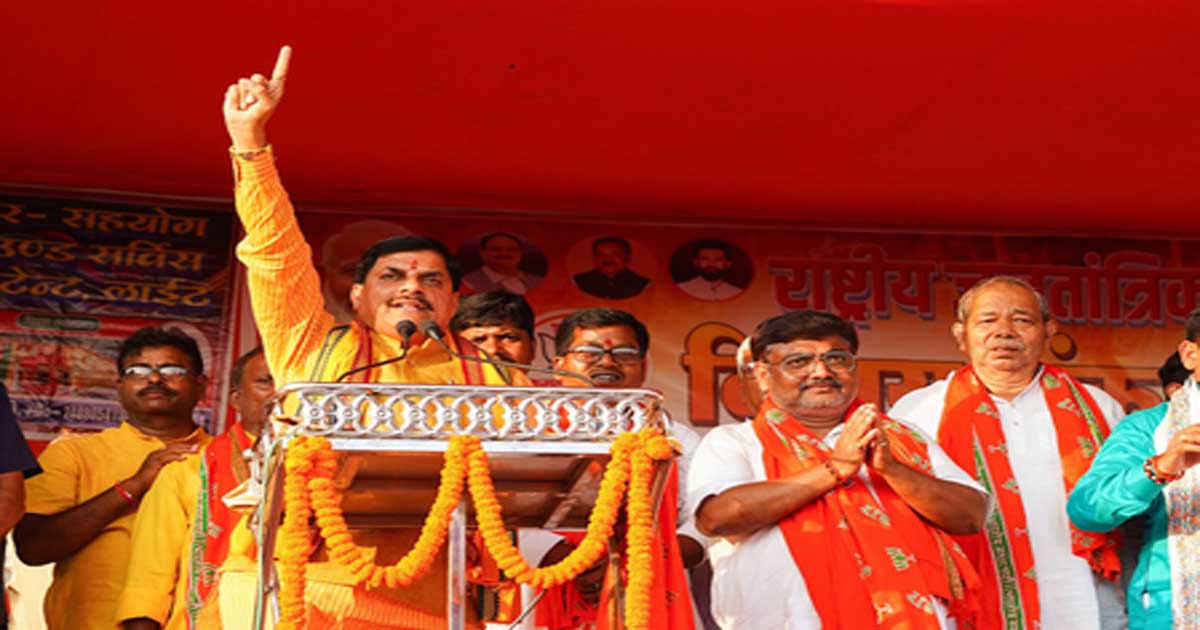National News
‘Railways To Run 13,000 Trains, Including 3,000 Special Ones, For Maha Kumbh 2025,’ Announces Ashwini Vaishnaw

Prayagraj: Rail Minister Ashwini Vaishnaw on Sunday said the Railways would run about 13,000 trains, including 3,000 special ones, for the convenience of devotees during the Maha Kumbh.
The Union minister, who reached Prayagraj by train from Varanasi to review the Railways’ preparations for the mega event, expects about 1.5 to 2 crore passengers to reach the city by train during the mela.
The Maha Kumbh will commence on January 13 on the occasion of Paush Purnima and conclude on February 26 on Mahashivratri.
Statement Of Union Rail Minister Ashwini Vaishnaw
After inspecting several stations under the Northeast Railway, Northern Railway and the North Central Railway in Prayagraj, the minister told reporters, “I also inspected the new bridge built over the Ganga, which will soon be inaugurated by Prime Minister Narendra Modi. A new bridge has been built over the Ganga here after 100 years.” “I personally inspected five stations. The holding areas at these stations, where the devotees will be able to sit till their trains arrive, are very good. Colour coding has been used in the holding areas and tickets so that the devotees can reach the right platform,” Vaishnaw added.
The minister further said that the mobile UTS (Unreserved Ticket System) would be used in Prayagraj for the first time.
The system was used during the Rath Yatra in Puri, he said.
“For the Maha Kumbh, the railway track on the Prayagraj-Varanasi route has been doubled. The Phaphamau-Janghai section has been doubled. A second entrance has been built at the Jhansi, Phaphamau, Prayagraj, Subedarganj, Naini and the Cheoki stations,” Vaishnaw said.
Control Room Set Up At Every Station
A control room has been set up at every station that will send live feeds to the master control room at the Prayagraj station.
CCTV camera feed from Maha Kumbh Nagar and the police will also be received at the master control room.
The minister said work at the Prayagraj station was done using the experience gained during the Ram temple consecration programme in Ayodhya and the Rath Yatra in Puri.
Rail Minister Ashwini Vaishnaw On Holding Areas
Vaishnaw also said more than 23 holding areas had been built at various stations in Prayagraj, apart from 48 platforms. Similarly, 21 foot overbridges have been built and arrangements made for 554 ticketing kiosks.
The Indian Railways spent more than Rs 5,000 crore on preparations for the Maha Kumbh in the past two years, Vaishnaw said.
Railway Board CEO Satish Kumar and other senior officials accompanied Vaishnaw during the review.
National News
Medical Fraternity Outraged Over Death Of Doctor; BMC MARD, FAIMA Demand Justice And Systemic Reforms

Mumbai: The tragic death of Dr. Sampada Mundhe, a young government medical officer posted at the Sub-District Hospital (SDH) in Phaltan, Satara district, has sent shockwaves across Maharashtra’s medical community.
Expressing deep anguish, the Brihanmumbai Municipal Corporation’s Maharashtra Association of Resident Doctors (BMC MARD) and the Federation of All India Medical Association (FAIMA) have strongly condemned the incident, calling for immediate justice, accountability, and urgent reforms to safeguard the mental health and working conditions of doctors.
According to reports, Dr. Mundhe had been under severe mental distress linked to a departmental inquiry and had repeatedly complained to her superiors about harassment and humiliation. Her alleged suicide note reportedly names two police officials and mentions both physical assault and mental harassment.
Despite her repeated appeals for help, no adequate measures were taken to ensure her safety, exposing glaring lapses in institutional oversight and empathy.
Both BMC MARD and FAIMA said the incident highlights the immense pressures and psychological burdens faced by doctors, particularly those serving in peripheral and sub-district hospitals where professional isolation, administrative indifference, and lack of support often compound mental distress.
The organisations expressed deep sorrow over the loss of a young and dedicated doctor who, despite her commitment to public service, was left without institutional protection.
Both associations have urged the Government of Maharashtra to immediately suspend the police officials named in the suicide note and initiate a fair, transparent, and time-bound judicial probe into all aspects of the case. They have also sought accountability from the health department and administrative officers who ignored Dr. Mundhe’s repeated complaints and warning signs.
Further, they have called for comprehensive reforms, including the creation of a robust grievance redressal mechanism and a state-level mental health support system for doctors and healthcare workers facing administrative or disciplinary stress. They also demanded psychological, financial, and legal support for Dr. Mundhe’s family.
“This is not an isolated case—it reflects the deep-rooted neglect of doctors’ mental health and workplace well-being. Those who dedicate their lives to public service deserve dignity, empathy, and protection, not despair,” said Dr Akshay Dongardive, President, FAIMA.
National News
Navi Mumbai: Congress Urges Suspension Of Politically-Motivated Civic Projects Ahead Of Elections

Navi Mumbai: The Navi Mumbai District Congress has urged the municipal administration to suspend all development works allegedly sanctioned with political motives ahead of the forthcoming civic elections.
District Congress spokesperson Ravindra Sawant submitted a written representation to Municipal Commissioner Kailash Shinde, demanding that the ongoing projects worth Rs 600 to Rs 650 crore be put on hold until after the elections.
Sawant alleged that the Navi Mumbai Municipal Corporation (NMMC) has approved several projects across wards under the influence of former corporators, despite the civic body being under administrative rule for the past few years.
“The administrator has been effectively addressing public needs and civic issues. Launching these works now appears aimed at helping former corporators take credit and secure financial gains,” he stated.
Describing the move as a betrayal of democratic values, Sawant claimed the projects were intended to influence voters ahead of the polls. He urged that all politically motivated development works be immediately suspended and resumed only after the elections under the supervision of duly elected representatives.
National News
Madhya Pradesh CM takes jibe at Lalu Prasad Yadav on ‘MISA’

Patna, Oct 24: Madhya Pradesh Chief Minister Mohan Yadav, addressing an election rally in Bihar on Friday, took a jibe at Rastriya Janta Dal (RJD) supremo Lalu Yadav for joining hands with the Congress in the Assembly election.
Mohan Yadav said the RJD chief, who once named her daughter Misa after he was arrested under the Maintenance of Internal Security Act (MISA), has now joined hands with the Congress, which has become a sinking boat.
“I can’t understand what made the RJD chief stand with Congress. What is surprising is that he had once named her daughter Misa because he was arrested by the Congress during the Emergency in 1975,” Mohan Yadav said while addressing an election rally in Saharsha, Bihar on Friday.
The Maintenance of Internal Security Act (MISA) was a highly controversial law passed in 1971 that gave the government broad powers to indefinitely detain individuals without a warrant or trial.
From 1975 to 1977, Prime Minister Indira Gandhi declared a state of Emergency, during which MISA was used extensively to quell political dissent.
Lalu Yadav, who was then a political opponent of the ruling government and was arrested under the provisions of MISA during this time. He had named his daughter Misa, who was born in 1976.
Misa Bhrti (49), the eldest daughter of Lalu Yadav and Rabri Devi, is a Lok Sabha MP.
Madhya Pradesh Chief Minister Mohan Yadav, who has been included among the top 40 strong campaigners of the BJP for the Bihar Assembly elections, has been visiting the state and addressing public rallies.
On Friday, Mohan Yadav addressed three back-to-back rallies in Bihar and launched a scathing attack on the RJD and the Congress.
The BJP has deployed an army of party workers and senior functionaries from the Madhya Pradesh unit to manage the elections, where polling is scheduled for November 6 and 11.
Apart from CM Yadav and Union Minister Shivaraj Singh Chouhan, half a dozen senior leaders, including former state BJP President VD Sharma, former home minister Narottam Mishra, state BJP organisational general secretary Hitanand Sharma, cabinet minister for youth affairs Vishwas Sarang, and former minister for cooperatives Arvind Bhadoriya, have been assigned election management duties.
In addition, state BJP in-charge Mahendra Singh and regional organisational general secretary Ajay Jamwal have been given clusters of 20 to 25 assembly seats each.
-

 Crime3 years ago
Crime3 years agoClass 10 student jumps to death in Jaipur
-

 Maharashtra1 year ago
Maharashtra1 year agoMumbai Local Train Update: Central Railway’s New Timetable Comes Into Effect; Check Full List Of Revised Timings & Stations
-

 Maharashtra1 year ago
Maharashtra1 year agoMumbai To Go Toll-Free Tonight! Maharashtra Govt Announces Complete Toll Waiver For Light Motor Vehicles At All 5 Entry Points Of City
-

 Maharashtra1 year ago
Maharashtra1 year agoFalse photo of Imtiaz Jaleel’s rally, exposing the fooling conspiracy
-

 National News1 year ago
National News1 year agoMinistry of Railways rolls out Special Drive 4.0 with focus on digitisation, cleanliness, inclusiveness and grievance redressal
-

 Maharashtra11 months ago
Maharashtra11 months agoMaharashtra Elections 2024: Mumbai Metro & BEST Services Extended Till Midnight On Voting Day
-

 National News1 year ago
National News1 year agoJ&K: 4 Jawans Killed, 28 Injured After Bus Carrying BSF Personnel For Poll Duty Falls Into Gorge In Budgam; Terrifying Visuals Surface
-

 Crime1 year ago
Crime1 year agoBaba Siddique Murder: Mumbai Police Unable To Get Lawrence Bishnoi Custody Due To Home Ministry Order, Says Report












